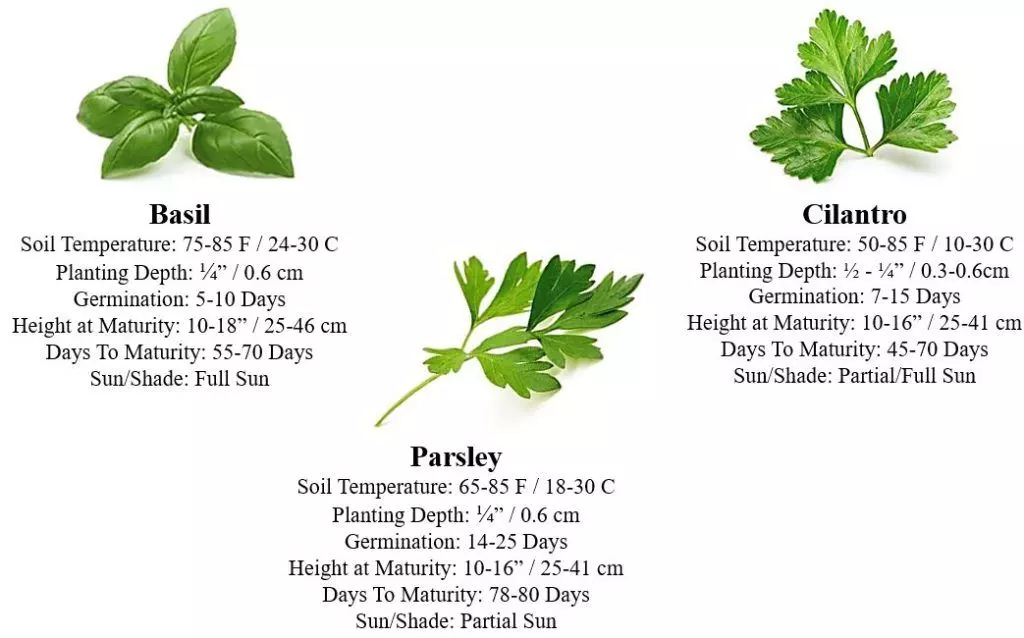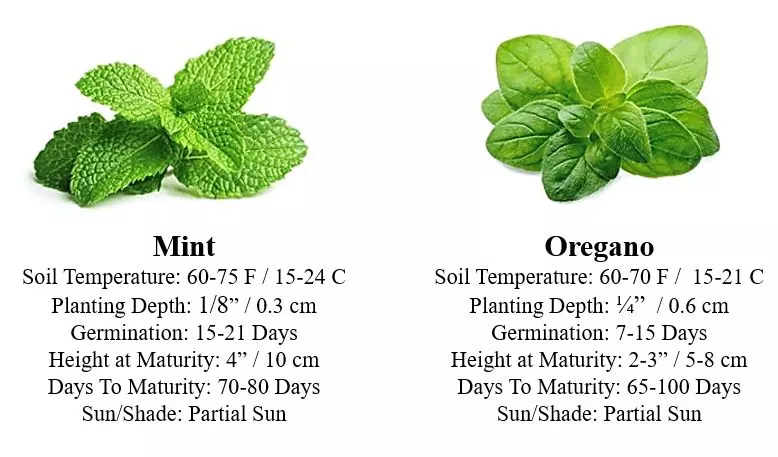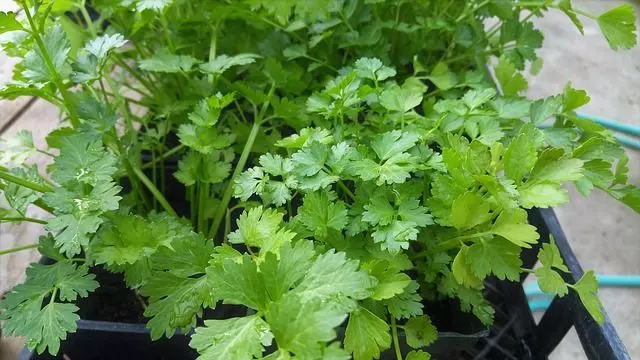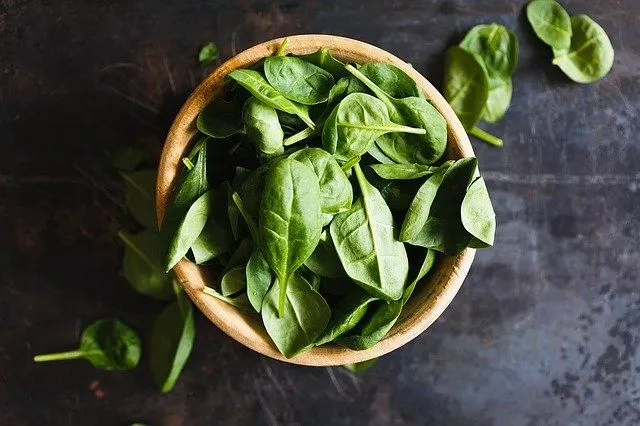Table of Contents
Learn How to Grow Herbs
Hasn’t it happened to you that dried herbs have no flavor? Even if you’re not a garden expert, growing your own culinary herbs is easy. Learn How to Grow Herbs, indoors at home, and outdoors.
Whether indoor or outdoor, herbs for cooking or for tea are easy for you to grow. Nothing better than fresh herbs and an enjoyable garden. Prepare your own kitchen herb garden offers the opportunity to use organics on your food, simply and at hand. Also, are great for indoor decoration. Watching the seeds growing is a journey full of joy, achievement, and excitement. The best is no gardening experience is needed, just follow easy plant instructions.
Today’s gardeners enjoy herbs for their fragrance, flavor, and rich ancestry. Many gardeners devote space to herbs simply because they are easy to grow. Herbs will thrive in places where other plants generally won’t, demanding only sun or partial sun, and well-drained soil.
Check out these tips for simple germination and enjoy your organic kitchen herbs.
How to Grow Herbs from Seeds
First, choose herb seeds combinations. The popular cooking herbs include basil, mint, parsley, cilantro, spearmint, chives, dill, sage, and oregano. Mint, scented geranium, thyme, lavender, and rosemary are favorite fragrant types. These are great for cooking or as a medicinal herbal tea.
Secondly, if you need to buy seed be sure to order assorted heirloom seeds pack have a large variety of seeds and with high germination rates.
When is the Best Time to Grow Herbs?
Plant herb seeds all year indoors or transfers them to the raised planter to enjoy amazing herbs all year.
Although they cannot grow in the winter outdoors, they can all germinate and thrive very well in pots, grown indoors, or in an enclosed garden.
Herbs can be annual, biennial, or perennial. Collectively, they have similar growing requirements.
The annual herb family includes basil, chervil, coriander, dill, borage, and summer savory.
There is only one well-recognized biennial: parsley.
Perennials include oregano, sage, lavender, marjoram, tansy, rosemary, tarragon, mint, and thyme.
However, many will survive only in warm areas, so many gardeners consider them annuals. Annuals such as dill easily reseed, which makes them be perennial.
How to Grow Herbs at Home
Most herbs (with the exception of French tarragon and true oregano) are easily grown from seed. In the case of other culinary herbs such as rosemary, we recommend reproduction from cuttings because it is simple and fast

Herbs traditionally are planted in geometric shapes, with plants grouped according to flavor or fragrance. One of the simplest designs consists of four beds with intersecting paths. The design can be modified by enlarging the beds and adding more paths.

When Do Herbs Give Seed?
Finally, after flowering, you can retrieve the seeds and germinate them when appropriate.
How to Grow Herbs Indoors and Outdoors
Selection of Herbs
BASIL, SWEET (Ocimum basilicum)
Basil is an annual herb, very ornamental, with broad, clove-scented leaves of green or purple and a spike of white, purple, or pink flowers. The plant grows 15 to 24 inches tall and can be used outside or indoors as well.
BORAGE (Borago officinalis)
A decorative annual herb filled with drooping clusters of purple or blue star-shaped flowers all summer. It’s a 2-foot- tall plants with coarse leaves. Leaves and flowers are used as a flavoring. Borage is hard to transplant.
OREGANO (Origanum vulgare)
Also known as wild marjoram. This tender, shrubby perennial has aromatic foliage that grows 2 feet tall. Sow seeds in the partial shade after frost.
PARSLEY (Petroselinum crispum)
Parsley is actually a biennial best grown as an annual. Leaves are dark green, divided, and curled. Plants are 12 to 18 inches tall. Harvest leaves before flowers bloom.

SAGE (Salvia officinalis)
Sage is a semi-shrubby, 2- to 2½2-foot perennial with white, oblong, woolly leaves and flowers in violet-blue. Cut back occasionally to make it bushy. Hang stems to dry after cutting.
DILL (Anethum graveolens)
Dill is an annual herb that reaches 2 to 3 feet tall. With light green leaves and clusters of miniature yellow flowers in mid-spring. The blooms produce small flat seeds used for flavoring.
LAVENDER (Lavandula species)
Lavender is an aromatic perennial, semi-evergreen, with a number of branches topped with whorled spikes of blue-violet flowers in early summer. Foliage is greenish-gray. To keep compact, prune back after bloom.
MARJORAM (Origanum majorana)
This annual, 2-foot plant has oval leaves that are velvety and aromatic and small white or orchid flowers in summer and mid-summer. Pick leaves anytime for fresh use. Pick leaves for drying proposes before blooming. Days to maturity: 8-10 weeks.
TANSY (Tanacetum vulgare)
This hardy perennial grows 36″ tall with finely cut leaves and small yellow flowers in clusters. Divide plants in early spring and set 2 feet apart.
ROSEMARY (Rosmarinus officinalis)
This 3-foot plant is hardy in warm parts of the country. Small, pale blue flowers bloom in winter or early spring over aromatic grayish-green. In the north, pot plants in fall; place in a sunny window during winter.
THYME (Thymus species)
Thyme is a perennial plant, with little, gray-green leaves and small, violet-blue flower grouped in clusters. There is also a winter-thyme, taller, shrubbier plant with rose blooms.


